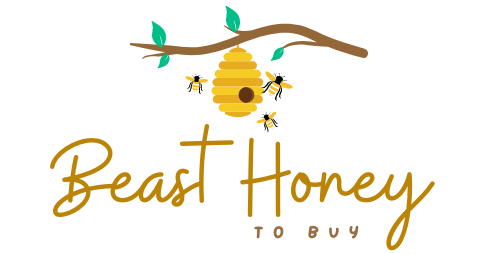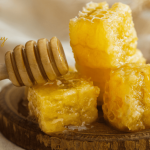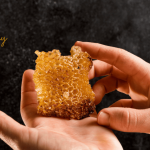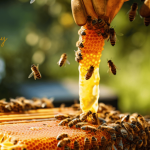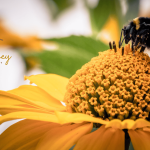Mad honey is a fascinating topic. It’s a rare type of honey that’s been linked to hallucinations. Found mainly in places like Nepal and Turkey, it’s unlike regular honey. But what’s the truth behind its mind-altering effects? Is it dangerous, or just a myth?
This blog post explores mad honey hallucinations. We’ll separate facts from myths in a clear, engaging way. Let’s dive in!
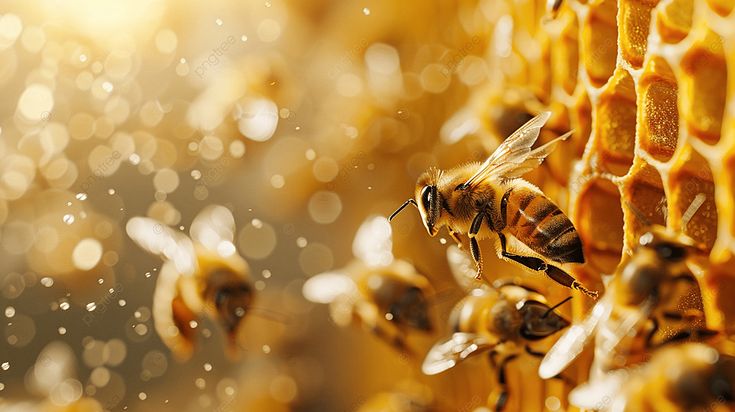
What is Mad Honey?
Mad honey isn’t your everyday sweetener. It’s made by bees that collect nectar from certain rhododendron flowers. These flowers contain grayanotoxins, a natural compound. When bees turn this nectar into honey, the toxins stay. The result? A honey that can cause unique effects on the body and mind.
Where Does Mad Honey Come From?
Mad honey is rare. It’s mostly found in the Black Sea region of Turkey and the Himalayan mountains of Nepal. Local beekeepers harvest it in small amounts. The process is risky and labor-intensive. This makes mad honey expensive and hard to find.
- Turkey: Known for “deli bal,” a famous mad honey.
- Nepal: Harvested by Gurung tribes in remote cliffs.
- Other regions: Small amounts in parts of India and Bhutan.
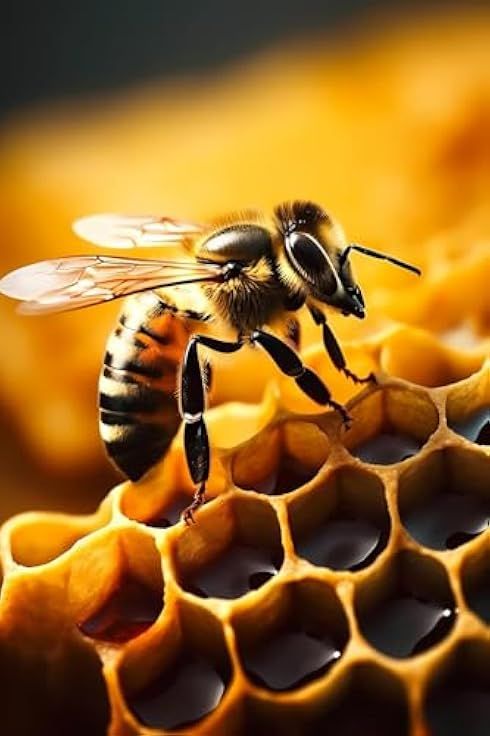
The Science Behind Mad Honey Hallucinations
Why does mad honey cause hallucinations? It’s all about grayanotoxins. These compounds affect the nervous system. They mess with sodium channels in cells. This can lead to dizziness, nausea, and, in some cases, hallucinations. But the effects depend on the dose.
How Hallucinations Happen
When you consume mad honey, grayanotoxins slow down your nervous system. In small amounts, you might feel lightheaded or relaxed. In larger doses, some report vivid hallucinations. These can include visual distortions or dream-like states. The effects usually last a few hours.
- Low dose: Dizziness, tingling, or mild euphoria.
- Moderate dose: Nausea, sweating, or blurred vision.
- High dose: Hallucinations, confusion, or fainting.
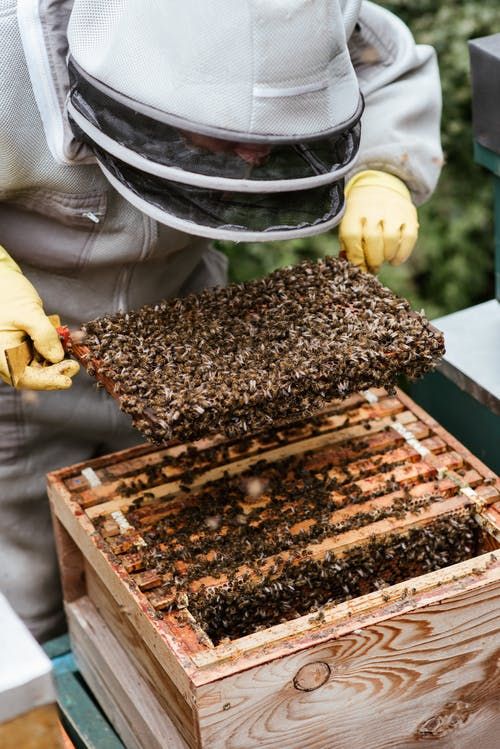
Is It Really Hallucinogenic?
Yes, but it’s not like psychedelic drugs. Mad honey hallucinations are rare and unpredictable. Not everyone experiences them. The strength of the honey varies. It depends on the flowers, season, and region. For most people, the effects are more physical than mind-altering.
Myths About Mad Honey
Mad honey has a mystical reputation. Stories about it have been around for centuries. But not everything you hear is true. Let’s debunk some common myths.
Myth 1: Mad Honey is a Powerful Psychedelic
Many think mad honey is like LSD or magic mushrooms. That’s not true. Its hallucinations are milder and less consistent. You’re more likely to feel sick than see wild visions. It’s not a reliable way to “trip.”
Myth 2: Mad Honey is Always Dangerous
Mad honey can be risky, but it’s not always deadly. Small amounts are often safe. In fact, locals in Nepal and Turkey use it medicinally. They consume tiny doses for health benefits. Overdosing, though, can cause serious issues like low blood pressure or heart problems.
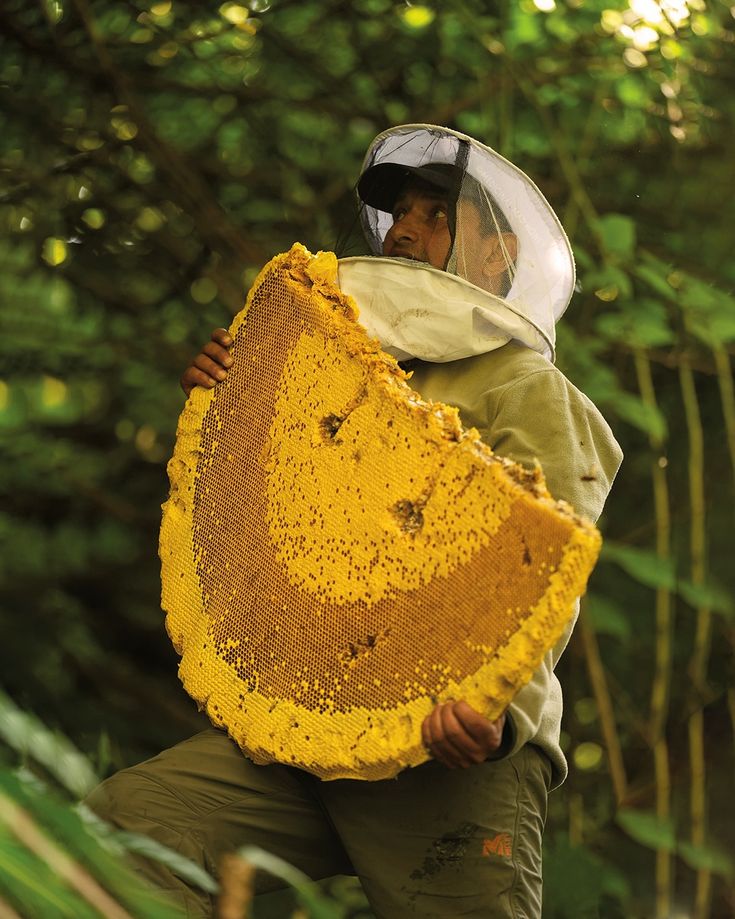
Myth 3: All Honey Can Cause Hallucinations
Only mad honey has grayanotoxins. Regular honey from your grocery store won’t make you hallucinate. It’s safe and free of these compounds. Always check the source if you’re curious about mad honey.
Facts About Mad Honey
Now that we’ve cleared up myths, let’s focus on the facts. Mad honey is unique, but it’s not magic. Here’s what you need to know.
Fact 1: Mad Honey Has Historical Uses
Mad honey isn’t new. It’s been used for centuries. Ancient Greeks called it “maddening honey.” Warriors reportedly used it to weaken enemies. In Nepal, it’s a traditional remedy for ailments like colds or stomach issues. Its cultural significance is huge.
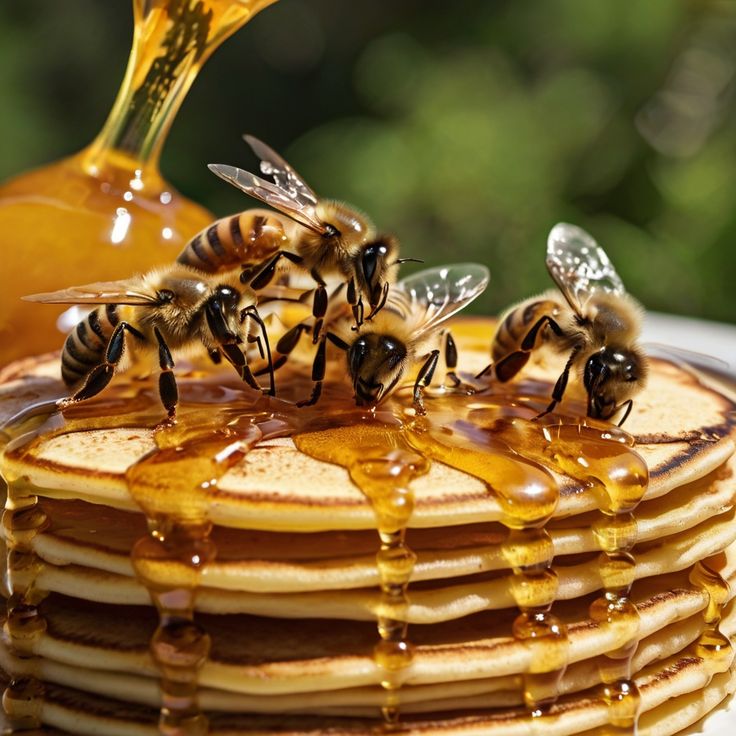
Fact 2: Effects Vary Widely
Not everyone reacts the same way. Some people feel nothing from a spoonful. Others might feel dizzy or nauseous. Hallucinations are rare and usually mild. Factors like body weight, tolerance, and honey potency play a role.
Fact 3: It’s Hard to Get
Mad honey isn’t sold at your local supermarket. It’s rare and often expensive. In Nepal, harvesters climb cliffs to collect it. In Turkey, it’s a niche product. Be wary of fake mad honey online—it’s often just regular honey.
Is Mad Honey Safe?
Safety is a big concern with mad honey. It can be safe in tiny amounts. Locals in producing regions use it carefully. But too much can cause “mad honey poisoning.” Symptoms include nausea, vomiting, and low heart rate. In rare cases, it can be life-threatening.
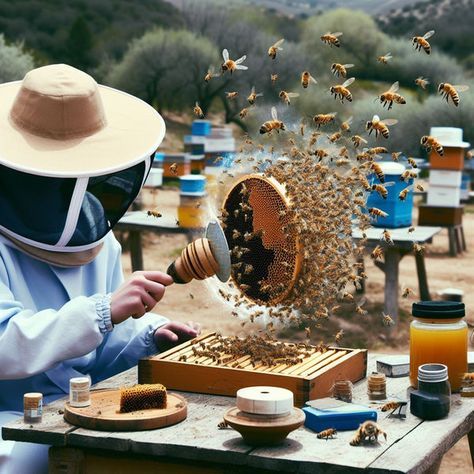
How to Use Mad Honey Safely
If you’re curious about mad honey, proceed with caution. Here are some tips:
- Start small: A teaspoon or less is enough to test effects.
- Know your source: Buy from trusted suppliers, preferably local.
- Avoid mixing: Don’t combine with alcohol or drugs.
- Seek help if needed: If you feel unwell, contact a doctor.
Mad Honey in Modern Culture
Mad honey is gaining attention online. Social media platforms like TikTok and YouTube have videos about it. Some call it a “natural psychedelic.” Others share stories of trying it. But this hype can spread misinformation. Always dig deeper before trying it.
Mad Honey in Wellness Trends
Some wellness influencers promote mad honey. They claim it boosts energy or reduces stress. While it has traditional uses, there’s little scientific evidence for these claims. Be skeptical of bold health promises.

Mad Honey in Pop Culture
Mad honey has popped up in documentaries and travel blogs. Shows like VICE’s “Honey Hunters” highlight its harvest in Nepal. These stories add to its allure. But they also fuel myths about its effects.
Opportunities and Risks for Businesses
Mad honey is a niche product. It’s catching the eye of adventurous consumers. But businesses face challenges in selling it.
Opportunity: Niche Market Appeal
Mad honey appeals to curious foodies and wellness enthusiasts. Brands can market it as a unique, natural product. Pairing it with education—about its history and safe use—can build trust.
Risk: Regulation and Safety
Selling mad honey is tricky. Some countries regulate it due to its toxins. Businesses must ensure quality and clear labeling. Missteps can lead to legal issues or health risks for customers.
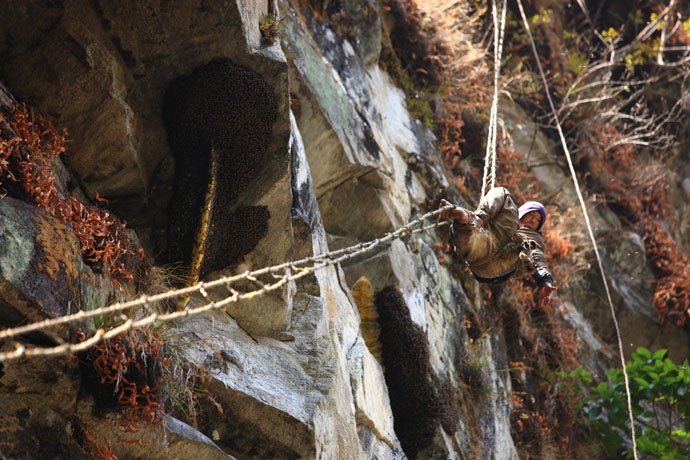
How to Spot Fake Mad Honey
With mad honey’s popularity, fakes are common. Here’s how to avoid scams
- Check the source: Look for sellers from Nepal or Turkey.
- Read reviews: Trusted suppliers have good feedback.
- Ask for lab tests: Legit sellers test for grayanotoxins.
- Beware of low prices: Real mad honey is expensive due to its rarity.
The Future of Mad Honey
Mad honey is a niche but growing trend. As interest in natural remedies rises, it may become more popular. But regulation will likely tighten. Scientists are also studying grayanotoxins. Future research could reveal more about its effects—good and bad.
What to Expect
- More research: Studies on grayanotoxins may clarify safe doses.
- Wider availability: Ethical sourcing could make it more accessible.
- Cultural revival: Traditional uses may inspire new products.

Should You Try Mad Honey?
Mad honey is intriguing. Its history and effects make it unique. But it’s not for everyone. If you’re curious, do your homework. Start with a tiny amount from a trusted source. Never treat it like a party drug. Respect its power and cultural roots.
Have you heard stories about mad honey? Maybe you’ve tried it yourself. Share your thoughts in the comments! Let’s keep the conversation going.
